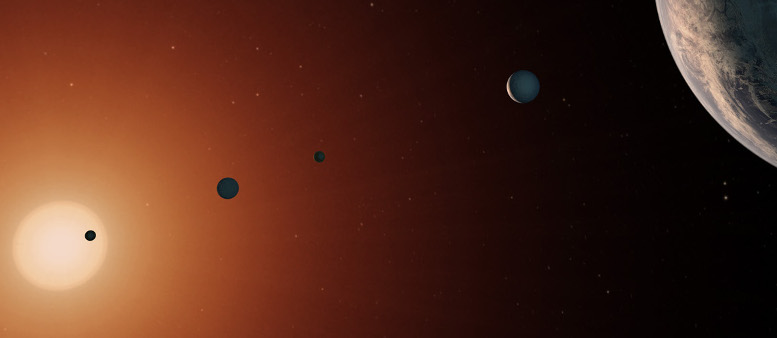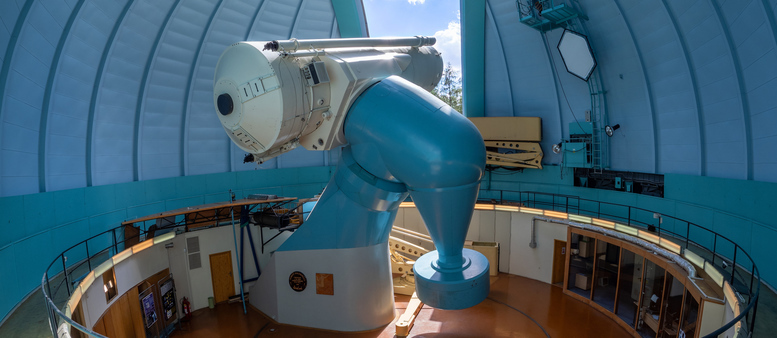The Stellar department is one of the four departments of the Astronomical Institute of the Czech Academy of Sciences (ASU). The department conducts cutting-edge research across a broad spectrum of modern topics including physics of hot massive and low-mass stars, extrasolar planet research, and high energy astrophysics.
The department operates the largest optical instrument in the Czech Republic, the Perek 2-m telescope equipped with single order and echelle spectrographs, and a recently installed photometric camera. This telescope is mainly used for observations of stars and stellar systems including those with exoplanets. These objects are studied by members of department, often in an international collaboration. Other telescopes available for observations are the D50 telescope and the BART robotic telescope, both devoted mainly to observations of γ‑ray burst afterglows.
Because the Czech Republic is an ESO member state, department members can apply for observing time with all ESO facilities, and they also have access to facilities at Gemini Observatory via durable international collaborations. Data acquired with these facilities provide an imperative pillar for the department’s research. Moreover, department members take part in scientific and payload consortia for the development of new ground-based (SCORPIO, PLATOSpec) and space facilities (PLATO), which will provide valuable data for essential future research and discoveries of the department.
The department is organized in two scientific working groups: Physics of Hot Stars and Extrasolar Planet Research.
The Operation and Development of the Perek 2-m Telescope, is more technical informal working group consisting of the Stellar department researchers and technicians from Instrumentation Support Department of the Astronomical Institute. Its task is to maintain the Perek’s 2-m telescope and its instrumentation and other equipment.
Physics of Hot Stars

- stellar atmospheres and stellar winds
- massive stars in short-lived transition phases
- astroinformatics – large data archives
- high energy astrophysics
- more
Extrasolar Planet Research

- detection and characterization of exoplanets
- atmospheres of exoplanets
- exoplanetary systems
- transits and radial velocities measurements
- more
Operation and Development of the Perek 2-m Telescope

- Instrumentation Support Department
- Perek 2-m Telescope
- maintenance and upgrading
- observations
- more
